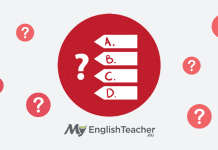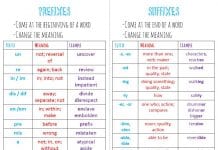Japanese actually has three writing systems: hiragana (the standard alphabet), katakana (and alphabet used for loan words), and kanji (Chinese characters). This means Japanese has two alphabets!
Hiragana and katakana both represent the exact same sounds, just written differently. Each alphabet has 46 basic letters, but some of the letters can be modified by diacritics to create additional sounds. For example, in hiragana, ふ is pronounced “fu,” but when written with the diacritic ゛, it’s pronounced as “bu” (ぶ). If you count all these modified letters, you might say that each Japanese alphabet actually has 71 letters.
The reason Japanese has so many letters is that most letters represent syllables instead of more basic sounds. The only exception is the sound “n,” which is written as ん in hiragana and ン in katakana.


























